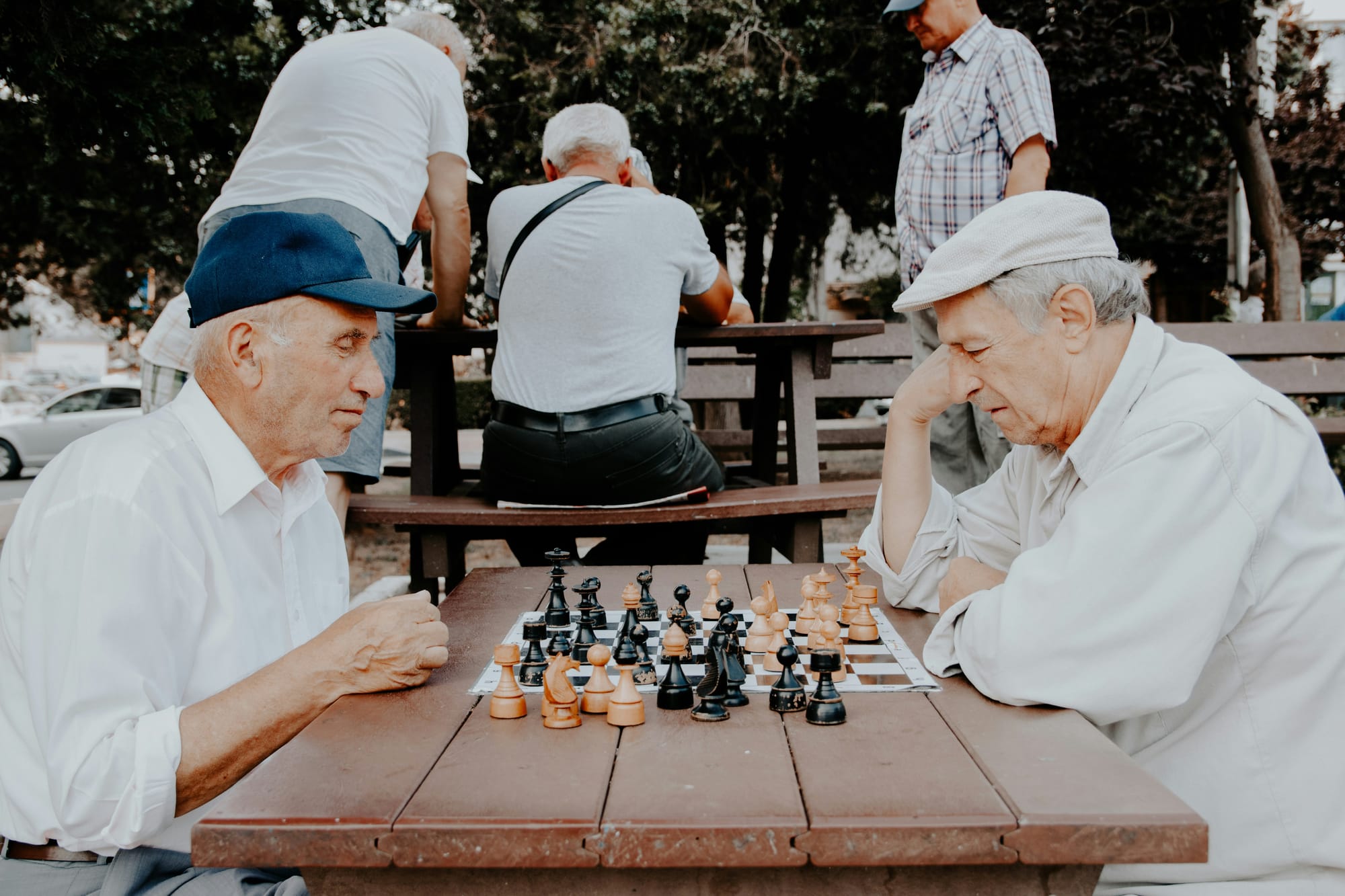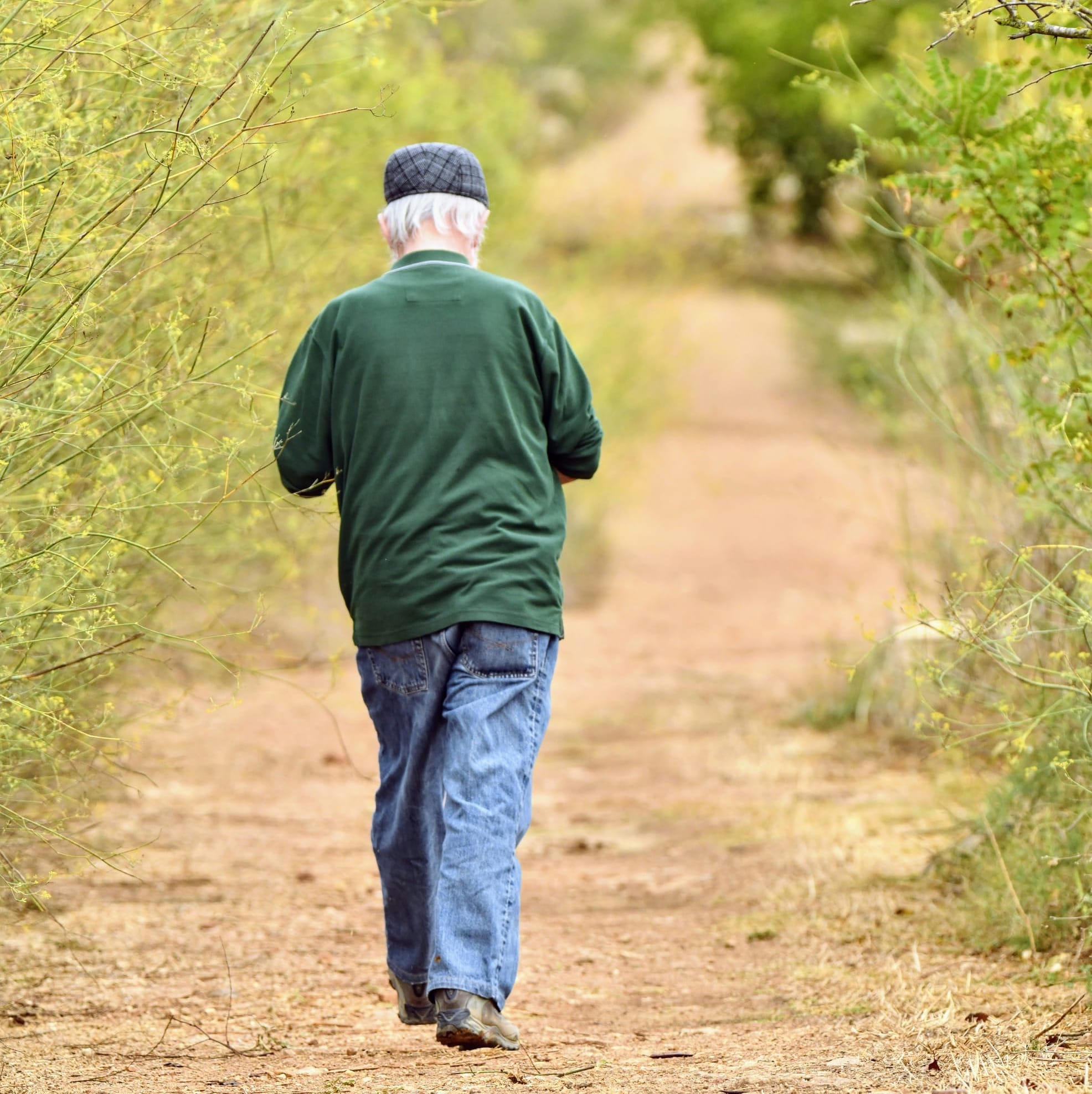The great grandparent workout!

With luck, grandchildren can bring a lot of great things into our lives—love, laughter, play, hope, joy, and lots of cuddling. “With luck” because you can’t control all the things that could interfere. Still, you can increase the odds of having a great time—and a long time—with your grandkids by practicing some mental and physical fitness routines. And just maybe, the incentive to spend more quality time with the grandkids is the incentive you need to add a little more self-care to your day.
(NOTE: I’m not a doctor or a psychologist. Take on these routines at your own risk—or maybe reward.) (SECOND NOTE: A lot of grandparents have health conditions that interfere with life. Please consider which of the mental or physical fitness routines make sense for you, and set aside the rest.)

Mental stamina
Taking care of grandkids is a high-energy venture. Even engaging with a calm, quiet kid requires mental energy. If you’re exhausted, irritated, bored, or otherwise not present while the grandkids are around, neither you nor they are getting a quality experience. Here are a few things I try (imperfectly!) to do when I’m with the grandkids, especially for longer periods:
Pay attention: If my mind is on my projects, my worries, or my phone, I’m not with the grandkids. And I get a headache from the vain attempt to do two things at once. Almost always, the other stuff can wait until the grandkids go home.
Pace myself: Experience tells me that there are only so many projects, ideas, pushes on the swing, negotiations of squabbles, etc., that I can manage in a day or handle at a given time. So I try to keep the number of activities (and activity changes) manageable, and to not plan too much in a day. PS. This strategy doesn’t work with toddlers, whose attention span is about two minutes. See under flexibility and recovery time.
Flexibility: Having a basic schedule for the kids is very helpful, and worth developing and sticking to, more or less. (For afternoons with preschoolers, our schedule was: Lunch. Indoor play. Bathroom. Outdoor play. Second lunch. Music, art, reading. More indoor play.) But I routinely find that my great plans are of zero interest to the grandkids. So I mostly hold my plans lightly, and run with what they want to do. One exception: Outdoor play is non-negotiable.
Practice patience: Pacing and flexibility both help with this. The most important tactic for me, though, has been figuring out what I can ignore, and proceeding to ignore it. A lot of poop talk, yelling, stampeding about, and making messes happens at our house. But all of that is more peaceful than my grousing at them to stop.
Recovery time: I find that all that attention, pacing, flexibility, and patience takes a LOT of mental energy—even though it’s a lot better than not doing it, which for me is a sure trip to irritability and exhaustion. So, especially during a long time taking care of the kids (a long afternoon or whole day, for example), I take care of myself by building in a break. For a long day, and with parental permission, I build in 30 minutes of video games for them, a cup of tea and puzzles for me. For a shorter day, we’re lucky to have Grampa around—if he takes over the horde for 10-15 minutes while I chill with tea and puzzles, I get recharged and he and the kids get good time together.

Physical stamina
Taking care of grandkids also requires the physical stamina to keep up with them and to sprint or hoist to keep them safe. Even if you’re not in charge, physical stamina gives a lot more options for shared activities. The big three aspects of physical stamina (you’ve heard this before!) are strength, aerobic fitness, and balance.
Strength training: OK, I hear the groans! But what could be more important to being able to care for grandkids? Picking them up, pushing them on the swings, hefting their gear around, cleaning up after them, and just keeping up with them—all of it takes strength. And research says that people into their 90s can gain strength. The CDC offers a written program from the CDC, complete with background info and cautions. It’s hard to stick with something so dry, however. Joining an online class can help. I use Peloton, paying about $14/month (beginners could explore Peloton's Healthy Aging section). AARP offers free online classes geared to seniors and beginners. If it’s in your budget, you could try Vivo, which gets good reviews (but I can’t vouch for it).
Aerobics: To stay more or less in shape aerobically (I’m no runner or racer!), I like outdoor aerobic activities best. Just getting outside to walk, bike, or cross-country ski is a pleasure, and because I can do them at my own pace, they don’t make me pant TOO much. Plus all are activities I can do with the grandkids. But depending on your health, neighborhood, budget, or preference, indoor activities might work better for you: Swimming? Dancing? Stationary bike? Online aerobics class? Whatever is fun for you!
Balance: Researchers tell us that we need good balance to prevent falls, and that as we age, we need to work on balance, not just assume we have it. For playing with the grandkids, balance helps with juggling of babies and bags, helping littles on the playground, or playing a game of pickleball with the older ones. I like doing Peloton barre classes for balance and mobility, but there are lots of more focused balance routines out there. Tai Chi is also popular; here’s an endorsement of its effectiveness.
Of course, the big trick with physical activity is you have to stick with it. Some top tips that work for me (and many people):
• Pick versions of strength training, aerobics, and balance training you actually like doing (experiment!).
• Do the activities with a friend (very motivating, and fun), or have an outside motivator like a class (online or in person)
• Put the activity on your calendar and make it non-optional.
• Habit stack! For example, enjoy your favorite show, but do strength exercises during the commercials.
And finally, for both mental and physical stamina: Keep in mind that you’re in training to be a grandparent! What better motivation could there be?